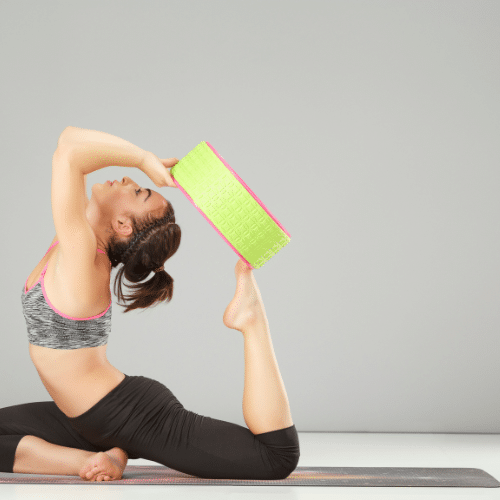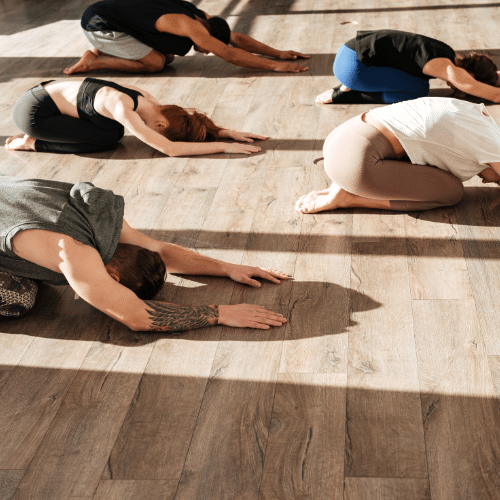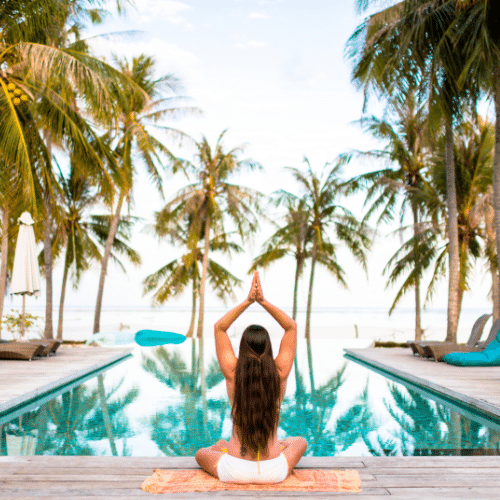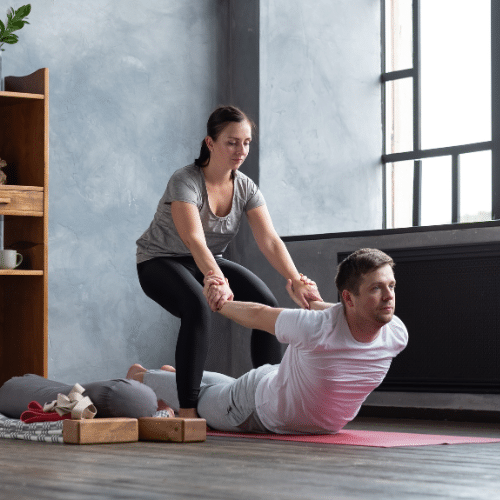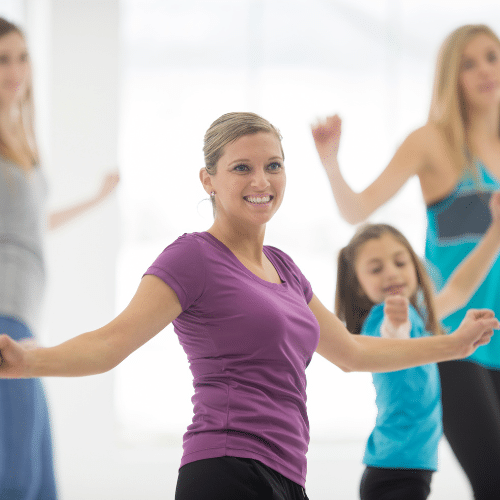A yoga wheel is a circular prop that is used in yoga practice. It is typically made of a sturdy material such as wood or plastic and has a firm yet cushioned surface. The wheel usually ranges from 10 to 12 inches in diameter and comes in different colors.
The main purpose of a yoga wheel is to assist practitioners in deepening their stretches, improving flexibility, and enhancing balance. It can be used by individuals of all levels, from beginners to advanced yogis.
Origins Of The Yoga Wheel
The history and origins of the yoga wheel can be traced back to the ancient practice of yoga itself. While exact details may be unclear, it is believed that the use of props in yoga, including wheels, has been around for centuries.
Yoga props were initially introduced to support practitioners in achieving correct alignment and providing additional stability during different poses. The concept of using a wheel-like prop in yoga can be seen in various traditional Indian practices such as Chakrasana (Wheel Pose) and Urdhva Dhanurasana (Upward Facing Bow Pose).
However, the modern version of the yoga wheel we see today was popularized by Sri Dharma Mittra, a renowned yoga teacher based in New York City. In the early 2000s, Sri Dharma Mittra began experimenting with different props to aid his students in deepening their practice. He created a circular wheel with padding on both sides to provide comfort and support during various stretches and poses.
As word spread about the benefits of using a yoga wheel, other practitioners and teachers started incorporating it into their classes and personal practice. The yoga wheel has become a widely recognized prop used by yogis worldwide.
The popularity of the yoga wheel can be attributed to its versatility and effectiveness. It allows practitioners to safely access deeper stretches, open up tight areas of the body, and build strength while maintaining proper alignment. Additionally, the cushioned surface provides comfort for individuals with sensitive joints or limited flexibility.
While the exact origins are uncertain, the modern-day yoga wheel has gained popularity thanks to its positive impact on deepening stretches, improving flexibility, and enhancing balance. Whether you are a beginner or an advanced yogi, incorporating a yoga wheel into your practice can offer numerous benefits for your overall well-being and growth on your yogic journey.
Getting Started with the Yoga Wheel
The yoga wheel, also known as a back roller or dharma wheel, is a versatile prop that can enhance your yoga practice in various ways. It is a circular-shaped device made of sturdy material like plastic or wood, with padding on the outer edge for comfort. The yoga wheel supports and deepens poses, improves flexibility and provides stability during challenging movements. If you’re new to using a yoga wheel, here are some tips to help you get started:
1. Choose the right size: Yoga wheels come in different sizes, typically ranging from 10 to 12 inches in diameter. It’s important to choose a size that feels comfortable for your body. If unsure, start with a medium-sized wheel and adjust as needed.
2. Warm up before using the wheel: Just like any yoga practice, it’s important to warm up your body before using the yoga wheel. This can include gentle stretching, sun salutations, or any other warm-up routine that you typically do before your yoga practice.
3. Start with simple poses: Begin using the yoga wheel in simple poses you are already familiar with. This can help you get accustomed to the feel and support of the wheel. Some beginner-friendly poses to try include bridge, camel, and supported fish poses.
4. Use the wheel for support and alignment: The yoga wheel can help you achieve proper alignment in various poses. For example, you can place the wheel under your back in bridge pose to open up the chest and shoulders. Or, you can use it as a prop in forward folds to help lengthen the spine and deepen the stretch.
5. Gradually increase intensity: As you become more comfortable with using the yoga wheel, you can gradually increase the intensity of your practice. This can include trying more advanced poses or using the wheel in challenging movements such as handstands or arm balances. Remember to listen to your body and only go as far as feels safe and comfortable.
Yoga Wheel Poses
1. Backbends: One of the primary uses of a yoga wheel is for backbends. Place the wheel under your upper back to perform this pose and lie down with your feet flat on the ground, knees bent. With your hands on either side of your head, push through your feet and lift your hips off the ground while arching your back over the wheel.
2. Chest openers: Sit on the ground with your legs extended in front of you. Place the yoga wheel behind you horizontally and lean back onto it, allowing it to support your upper back. Extend your arms overhead or to the sides to deepen the stretch across your chest.
3. Balance poses: The yoga wheel can also be used to challenge balance poses such as crow pose. By placing one hand or foot on top of the wheel while maintaining stability, you can engage more muscles and work on improving core strength.
4. Stretching exercises: Use the yoga wheel to support various stretching exercises such as hamstring, hip openers, or shoulder stretches. Simply place one leg or arm on the wheel while extending into the stretch position.
5. Core strengthening: Incorporate the yoga wheel into core workouts by performing exercises like plank rollouts or pike rollouts. These movements involve starting in a plank position with hands on the wheel and rolling it forward while maintaining a strong core.
When using a yoga wheel, it is important to start with caution and listen to your body. Begin with gentle stretches and gradually increase the intensity as your flexibility improves. Always maintain proper form and alignment throughout each pose or exercise.


